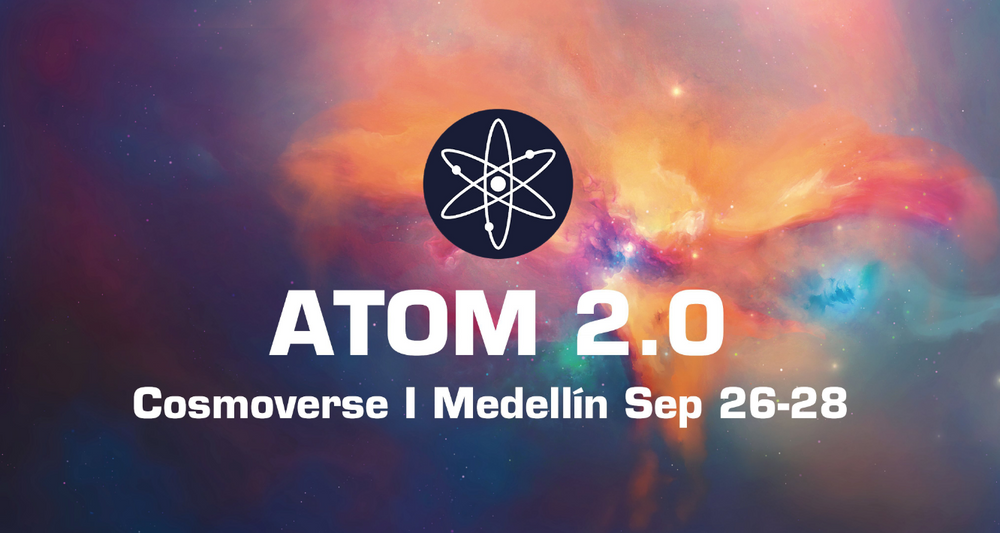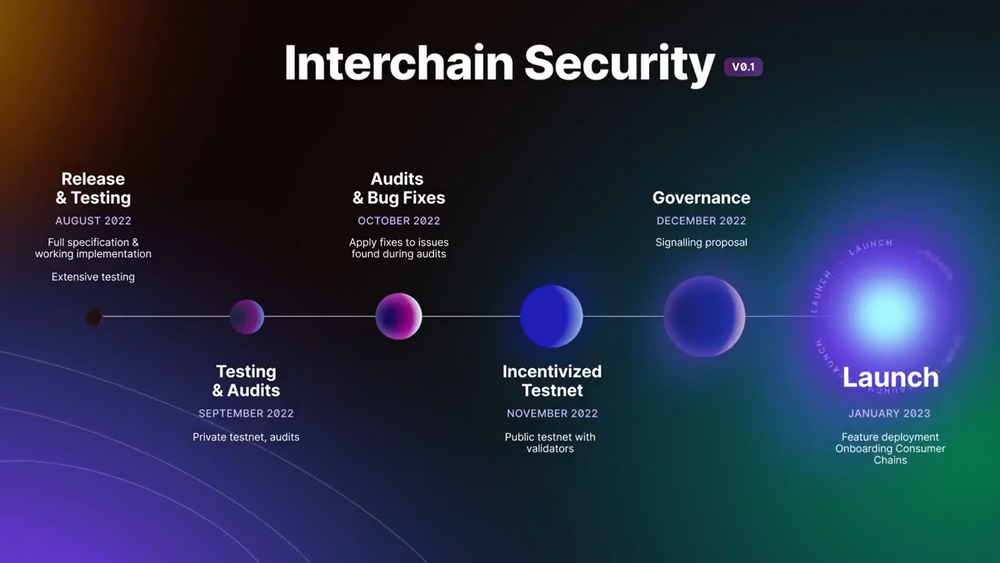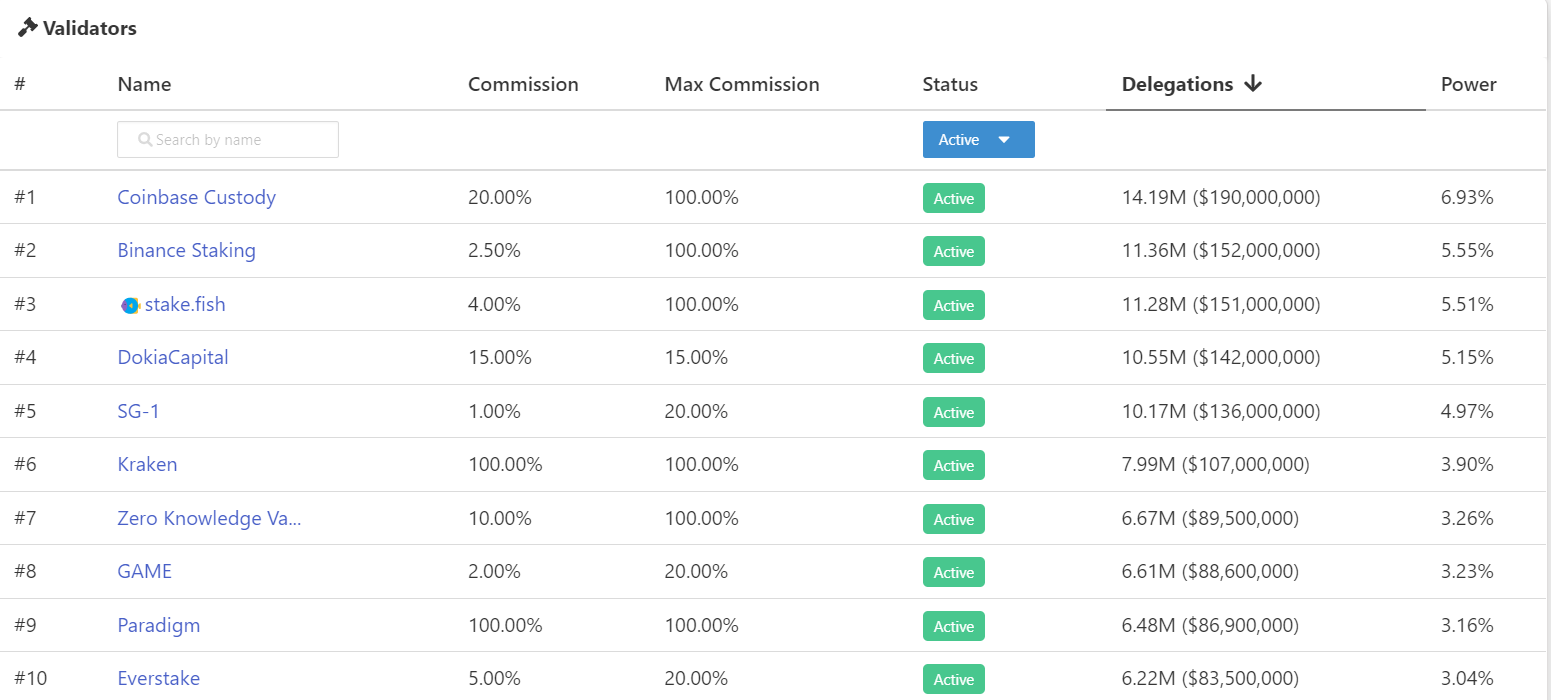What is Layer 0 Cosmos?
The current layer 1 model like Ethereum will serve as a platform to deploy decentralized applications and enable payments between users. Revenue will come from service fees that “rent” blockchain space to build dApps and fees when users make transactions.
To make it easy to understand, layer1 can be likened to a commercial center. After that, it will allow brands and services from dining, entertainment, bookstore,... to rent space to conduct business here. The obligation of this commercial center is to provide security services, infrastructure,... Thus, this model will be more local.
In contrast, another model that focuses on exploiting business-to-business relationships - B2B - is called layer0, the main customers will be other blockchains.
In essence, layer0 will be a kind of blockchain software that connects a computer system where blockchain servers can deploy blockchain data to suit their unique needs, as well as take advantage of the security and interconnected network of layer0. For example, a gaming blockchain will prioritize speed and transaction volume, while a financial blockchain should promote security, but such a complete separation will limit the ability to exploit the ecosystem. potential new state of each party.
And Cosmos was built to solve and meet these needs, so this model is scalable to many different types of blockchain services.
Notable improvements
Cosmos currently still has some shortcomings that need to be improved.
- Firstly, the protocols built on Cosmos are deployed on an independent blockchain, so they cannot share security with each other.
- Second, the user experience is also not optimal, for example, users need to use a bridge to transfer tokens when they want to interact with a Cosmos application on a different chain.
- Third, the native token Cosmos - $ATOM currently does not have an ideal tokenomic to accumulate value for the token when there are not too many applications. Used to pay transaction fees, but most transactions are done on other chains instead of Cosmos and are paid with tokens of that chain. There is also an administrative function, but usually, this does not attract users. Most importantly, the infinite supply of $ATOM causes inflation.
Therefore, the upcoming updates of Cosmos will address the above, including:
- Tokenomic 2.0: According to the development roadmap, around September 26 - 28, the Cosmos team will announce a new tokenomic model ATOM 2.0 and this has received a lot of expectations from investors with the prediction that there will be a new tokenomic model. added value accumulation mechanism for $ATOM.

- Interchain Accounts - allows users to seamlessly interact with any IBC-supported chain on Cosmos from a Cosmos Hub account.
If before, users could not make transactions on Osmosis with the number of assets currently stored at Evmos and vice versa without the gradual support of the bridge. And Interchain Account - scheduled to officially launch this year - will simplify this complex process with just one click.
- Interchain Queries - blockchain support to retrieve data from another blockchain. For example, users can borrow on one chain against collateral data on another chain.
Interchain Accounts and Interchain Queries will make blockchain more accessible and applicable by simplifying tasks.
New technology changes the game
In addition to the 3 improvements being developed, Interchain Security is the focus of the community's attention.

- Interchain Security
Another fundamental problem with apps on Cosmos is that they have to be self-secure and this is not really necessary if the community is still small. While the Cosmos SDK allows developers to create PoS blockchains from open source software and use IBC to connect them, each blockchain still needs to secure large amounts of high-value digital assets on its own. That is because in the security model of the PoS consensus mechanism, the security of the blockchain is only as large as the economic value of the assets staked to confirm the chain. Chains that have just formed in Cosmos are now forced to pay high-inflation tokens to validators or increase the probability of a hacker attack on their chain. Neither of these options is optimal, and there is a clear need in the Cosmos ecosystem for a large-cap security service provider.
Therefore, Interchain Security will allow small chains to "rent" security from Cosmos Hub. Cosmos Hub validators can secure new customer chains and exchange for staking rewards. Authorizers ($ATOM stakers) also receive a portion of this reward.
This is an example case. Project Kujira - a trading platform built on Cosmos - currently has a relatively small market capitalization, around $120 million, so only 5 validators in the top 5 can decide the fate of this project.

But for Cosmos Hub overall, this is not a problem because Cosmos Hub has 175 validators, with a total of 193 million ATOM being staked, worth about $2.8 billion. Hackers who want to economically attack the Cosmos Hub will need to spend more than this to hack the Cosmos Hub and the blockchains hosted on it. As such, Kujira can rent security from the Cosmos Hub.
This partnership will benefit both Kujira - increasing security and decentralization, and Cosmos Hub - validator and delegate $ATOM ($ATOM stakers) receiving additional rewards. Later, the project grows big enough that it can no longer need to be rented and become completely independent.
As the Cosmos Hub grows, the project will become the backbone of the IBC by acting as a security element for cross-chain data across the IBC and collecting fees for those operations. When starting out, the Cosmos Hub will act as a closed, secure environment where all validators of the stored chains must go through the Cosmos Hub. The initial chains participating in the Hub will be approved through voting using ATOM tokens. After the Cosmos Hub upgrade, chains can freely seek security from the Hub in a completely open manner, and validators will be able to optionally select chains to participate in the validation process. Interchain Security is expected to launch in early 2023 and is currently still in the testnet phase.
According to Van Eck, ATOM's Bullish view can be based on:
- The Power of the Cosmos SDK Toolkit
- Revolutionary Importance of IBC.
- Cosmos Hub products meet the market fit.
- Strong accumulation of tokens.
With help from the Cosmos SDK and IBC, Van Eck estimates that more than 5,000 Cosmos blockchains will appear by 2030. Form a large market for the Cosmos Hub model to secure a customer base. As the Cosmos Hub will provide more advanced security at an affordable price than most of the new chains can provide for themselves so many Cosmos chains will rent security from the Cosmos Hub.
Summary
Due to the reliability and ease of use of the Cosmos SDK and the interoperability offered by IBC, it is likely that the majority of future public blockchains will be built on top of Cosmos, whereby the Cosmos Hub will also become a layer of security. the main secret for a significant portion of blockchains in the Cosmos ecosystem and accumulating values accordingly. Recently, this ecosystem also showed positive signs when welcoming two new members dXdY - the market leading exchange - and Delphi Digital - a web3.0 research organization.
As such, the ATOM token will have a certain momentum and potential for future price increases.
Read more:
Cosmos Expanding - Investment Potential



